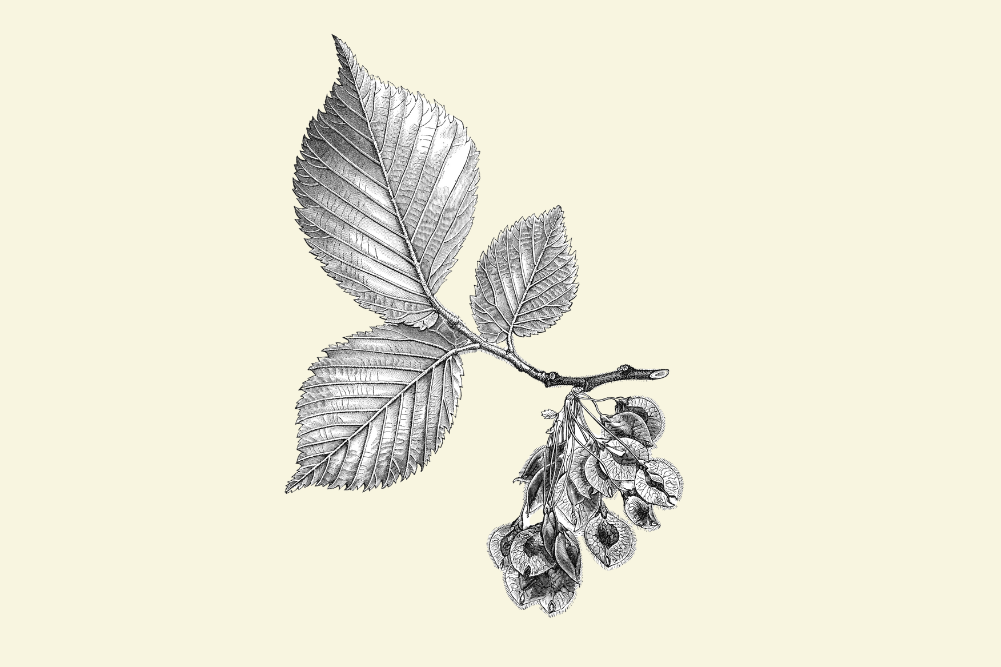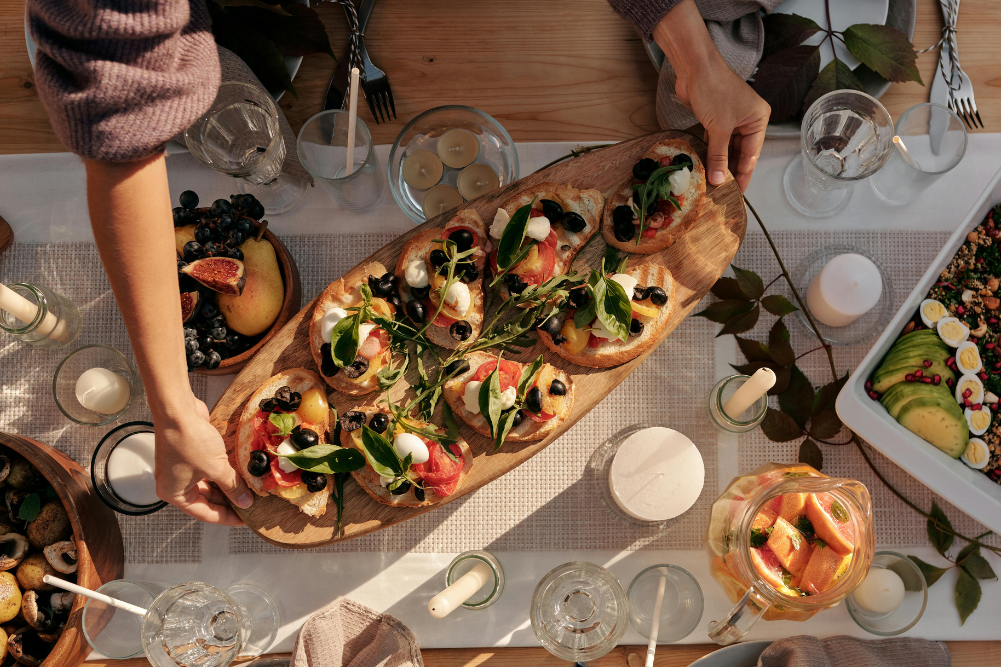Ironing out PMS
There are lots of jokes made about premenstrual syndrome (PMS). These are usually either made by women who don’t experience it or by men for whom the gleam of living has paled. For those who do go through it PMS can be anything from irritating to debilitating which is why a new study showing a simple way to ease PMS symptoms is very good news.
PMS is a group of symptoms linked to the menstrual cycle that occur one to two weeks before menstruation starts. The symptoms usually go away after a period begins. The symptoms of PMS include acne, swollen or tender breasts, fatigue, trouble sleeping, upset stomach, bloating, headache, food cravings, muscle pain, trouble with concentration or memory, tension, irritability, mood swings, anxiety and depression. It is estimated that 85 per cent of menstruating one or more of these symptoms in relation to their menstrual cycle.
Between three and eight per cent of women have a more severe form of PMS, called premenstrual dysphoric disorder (PMDD). Those with PMDD can experience feelings of sadness or despair, anxiety, panic attacks, frequent crying, lasting irritability or anger that affects other people, lack of interest in daily activities and relationships, trouble thinking or focusing, as well as the other physical symptoms already listed.
Any ways to ease these symptoms are understandably eagerly sought and the more natural, with fewer side-effects, the better of course.
This new study followed more than 3000 women over a period of 10 years. Of the women, 1057 had been diagnosed with PMS while the others were PMS free. Analysis of the diets of the women found that women who were among the highest 20 per cent of consumers of non-haeme iron were 36 per cent less likely to have PMS than the women who were in the lowest 20 per cent of non-haeme iron consumers.
Iron is found in food in two forms, haeme and non-haeme iron. Haeme iron, which makes up 40 per cent of the iron in meat, poultry and fish, is well absorbed. Non-haeme iron, 60 per cent of the iron in animal tissue and all the iron in plants (fruits, vegetables, grains, nuts), is less well absorbed. Yet it is the non-haeme form that showed the benefit here. Your best plant sources of non-haeme iron are legumes (beans and peas) and leafy green vegetables like spinach. It might be that in eating these plant sources of iron you are also getting other helpful compounds but it certainly seems that by eating your green vegetables, you may be able to leaf your PMS behind.







